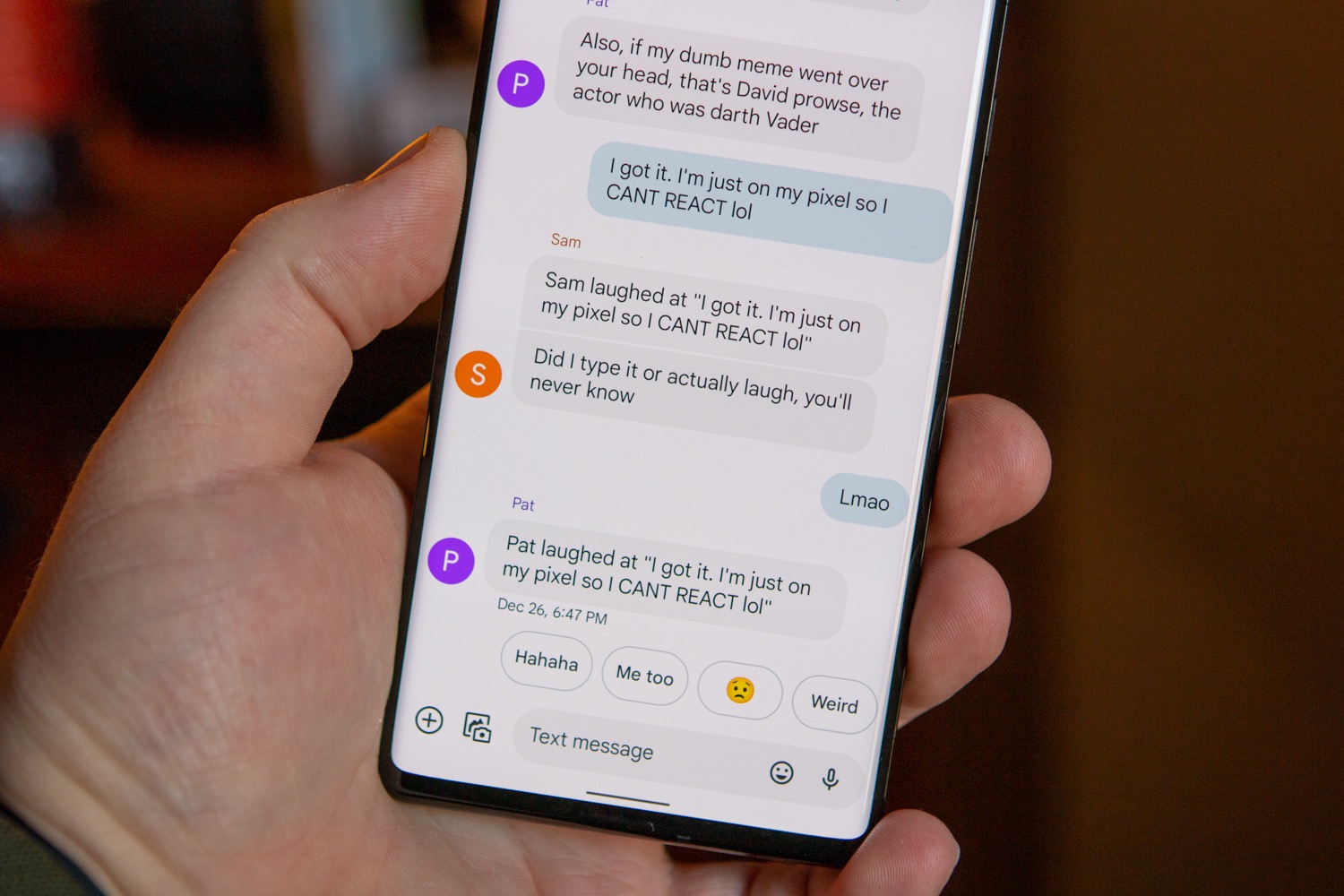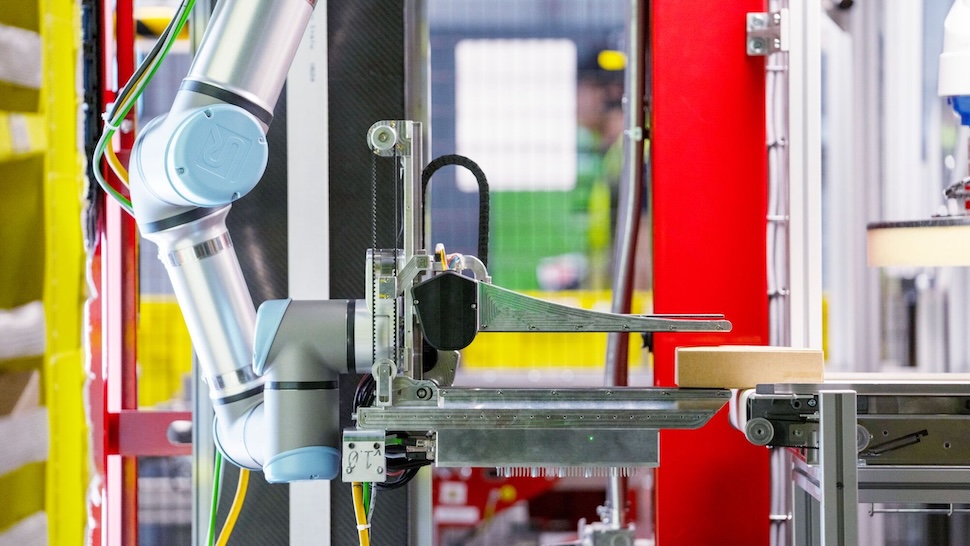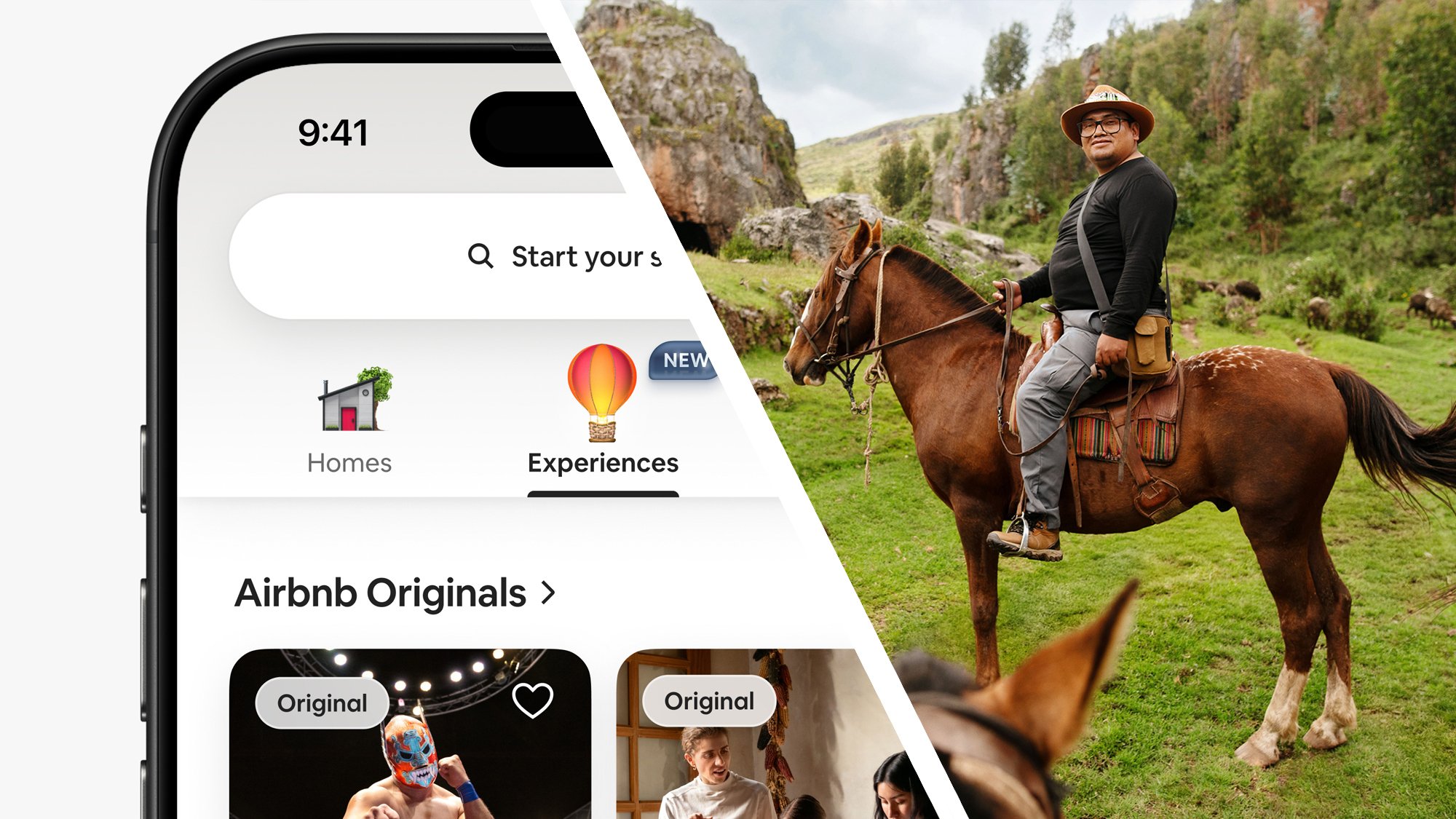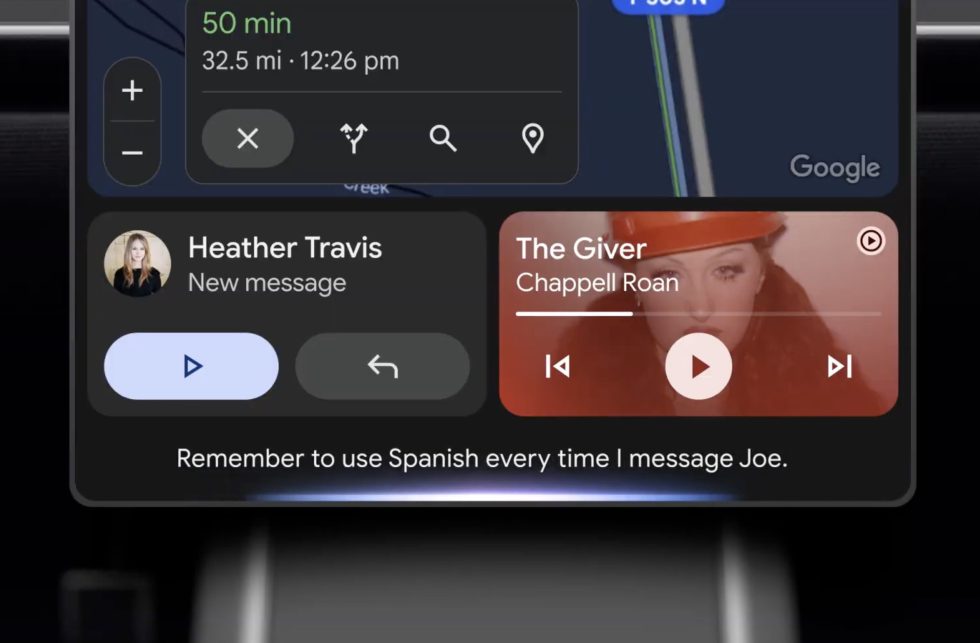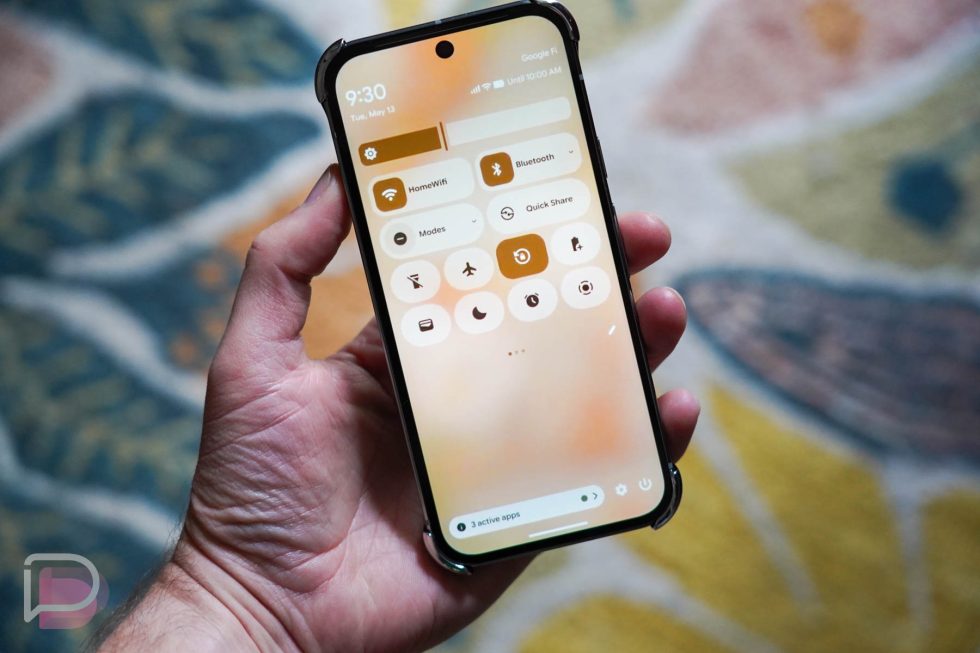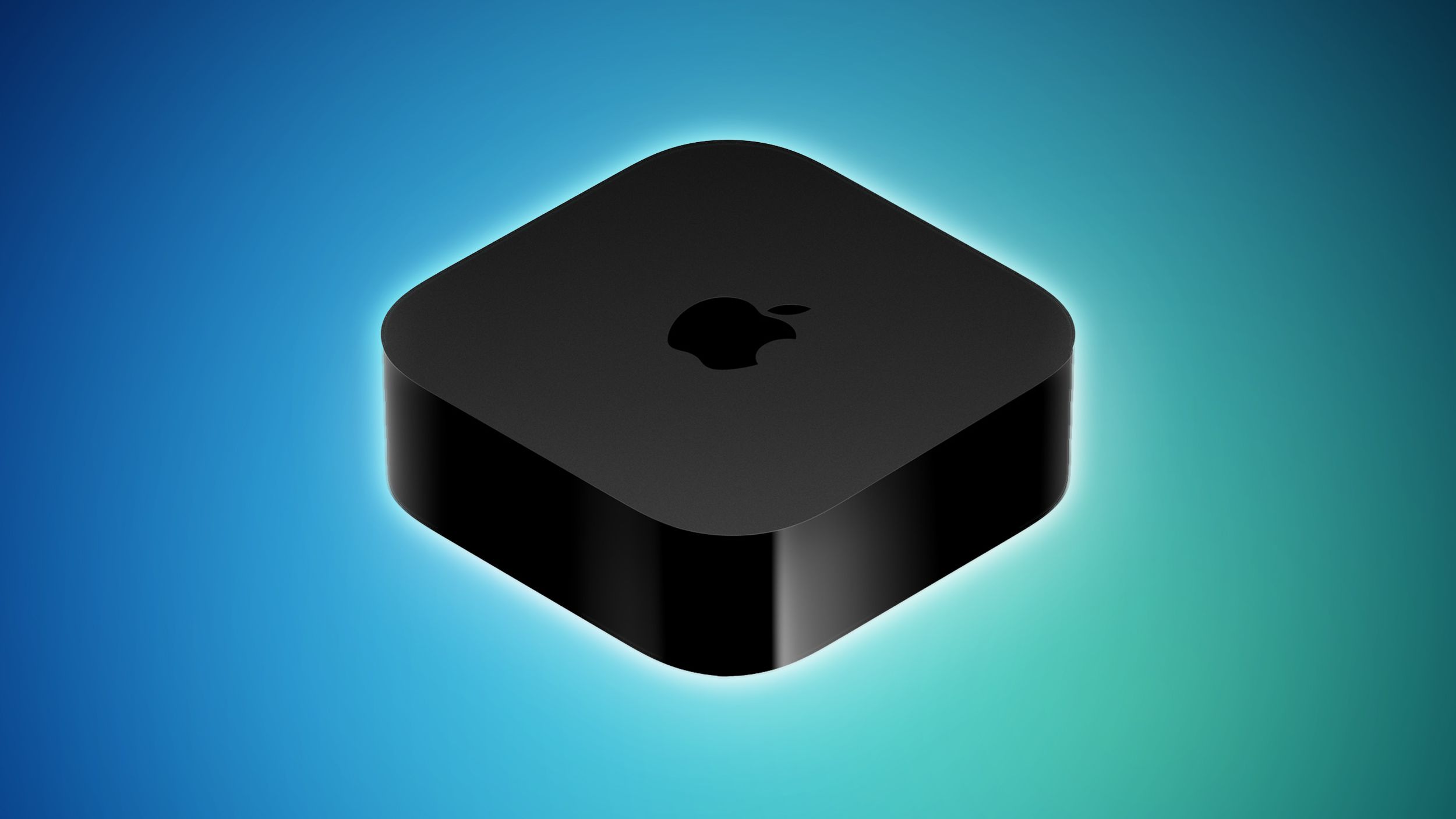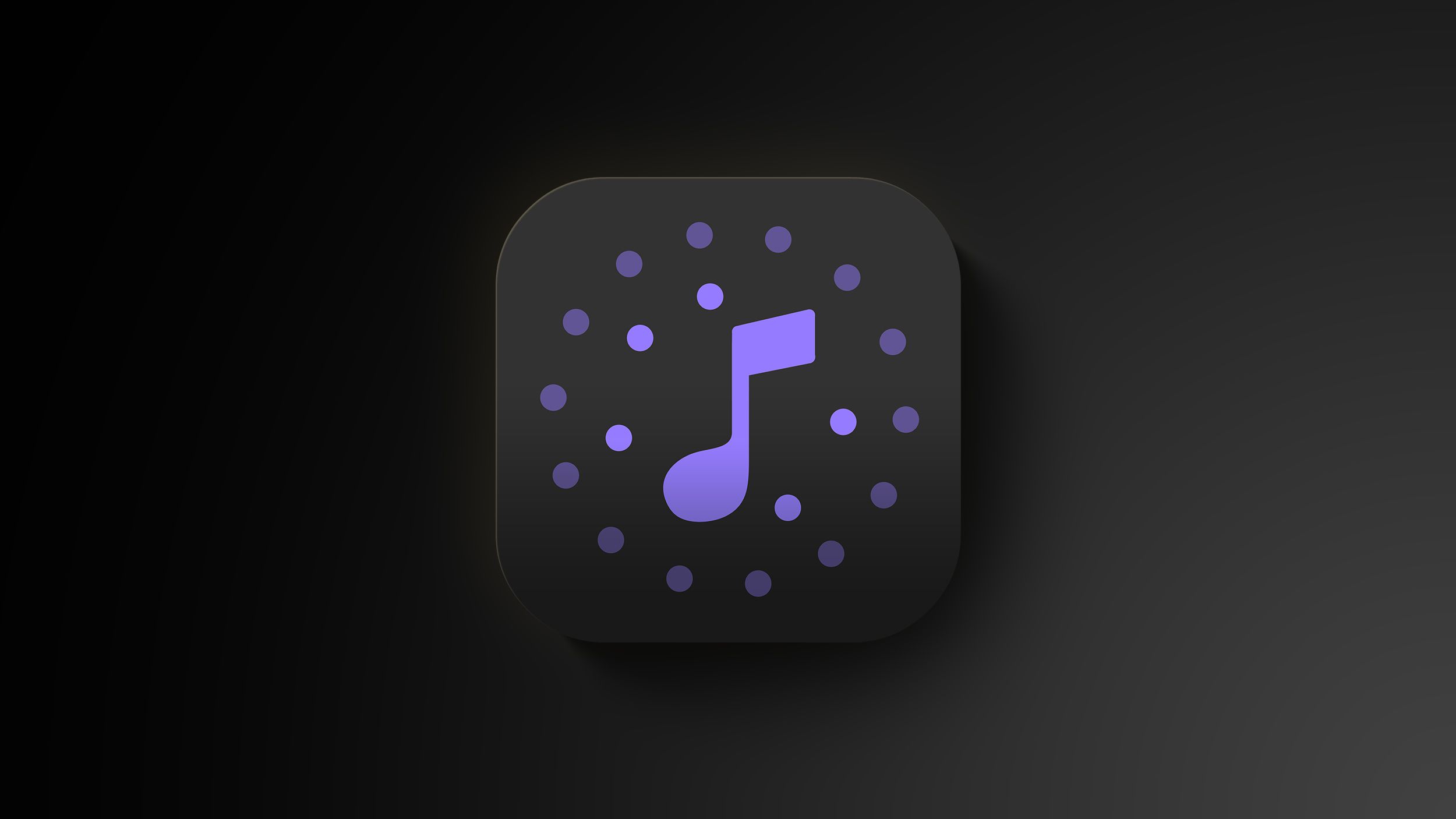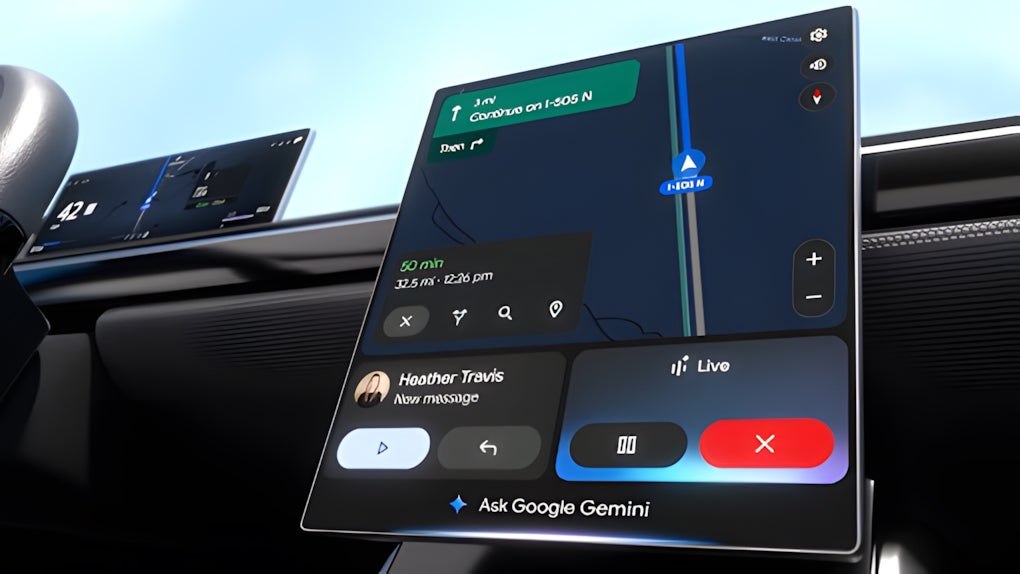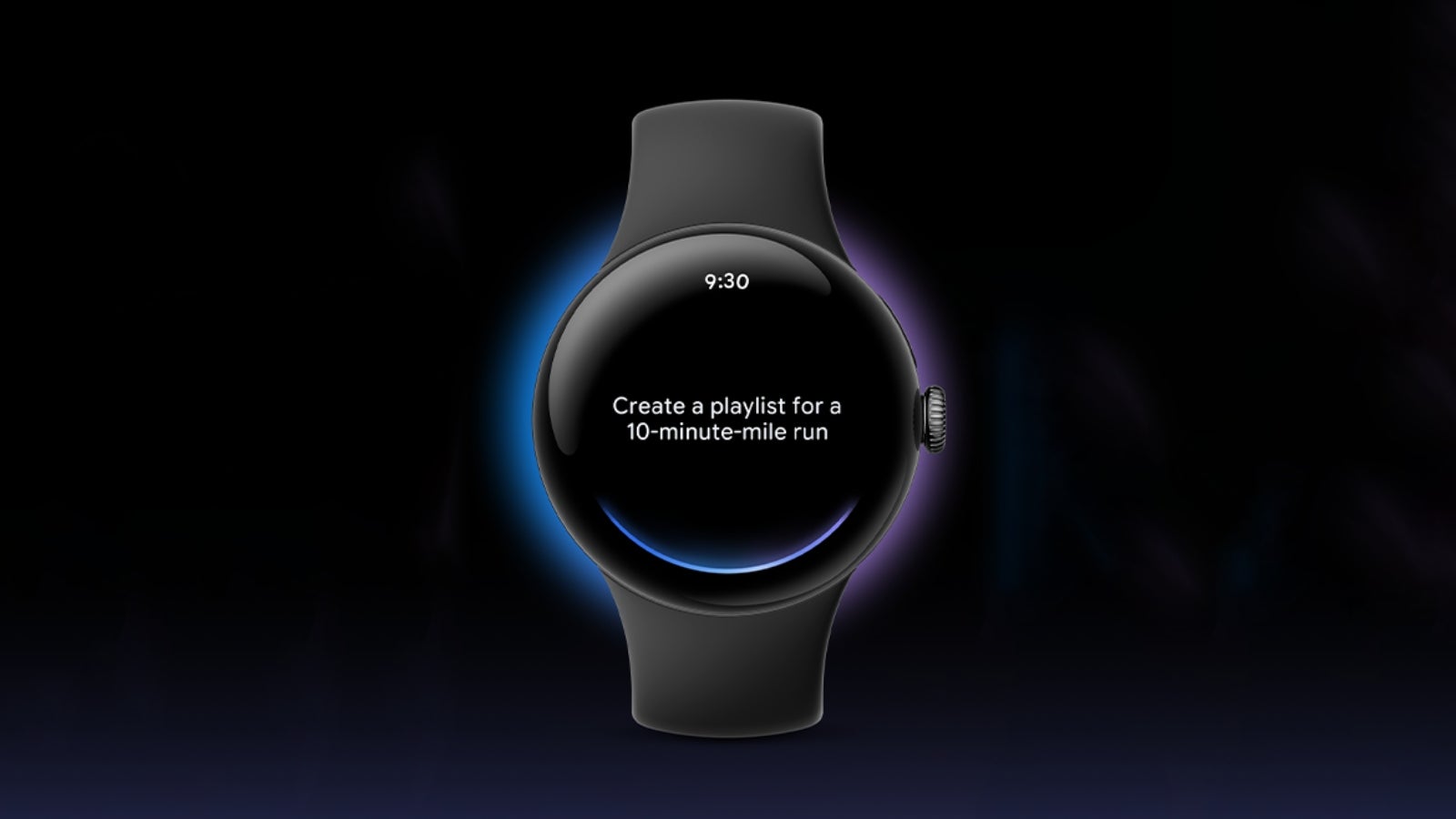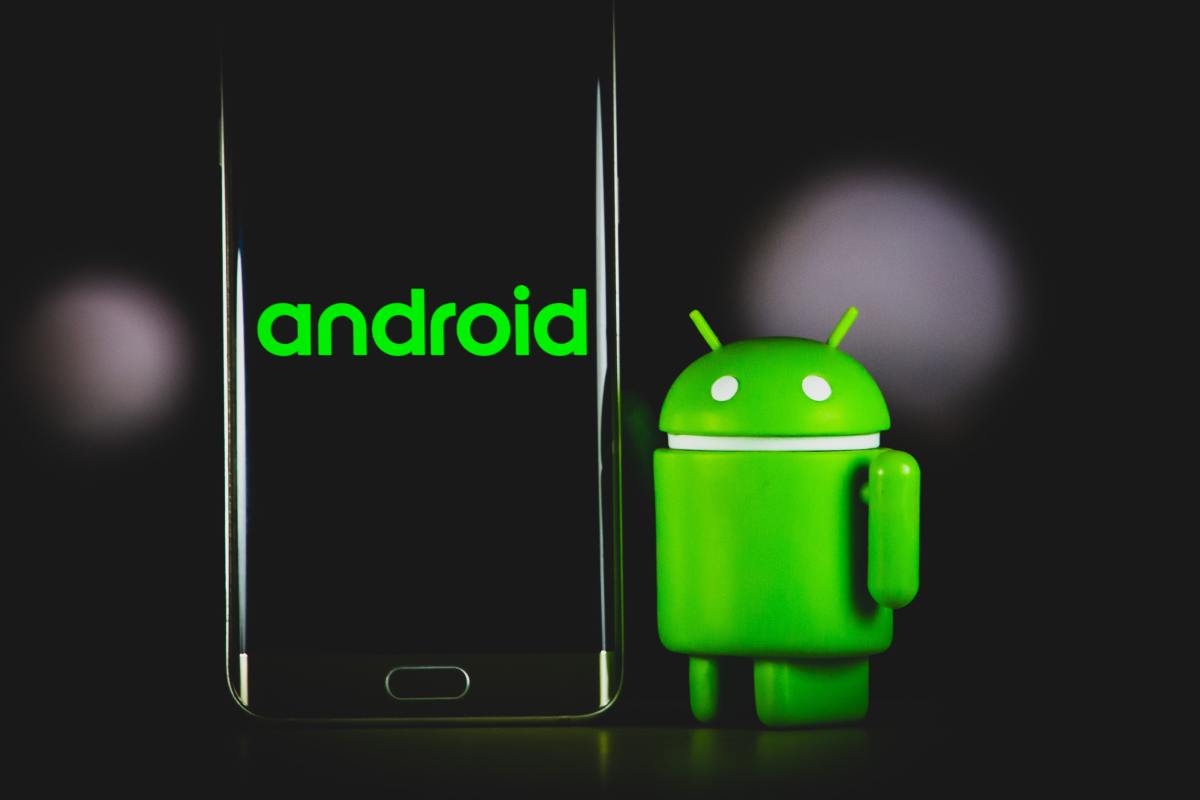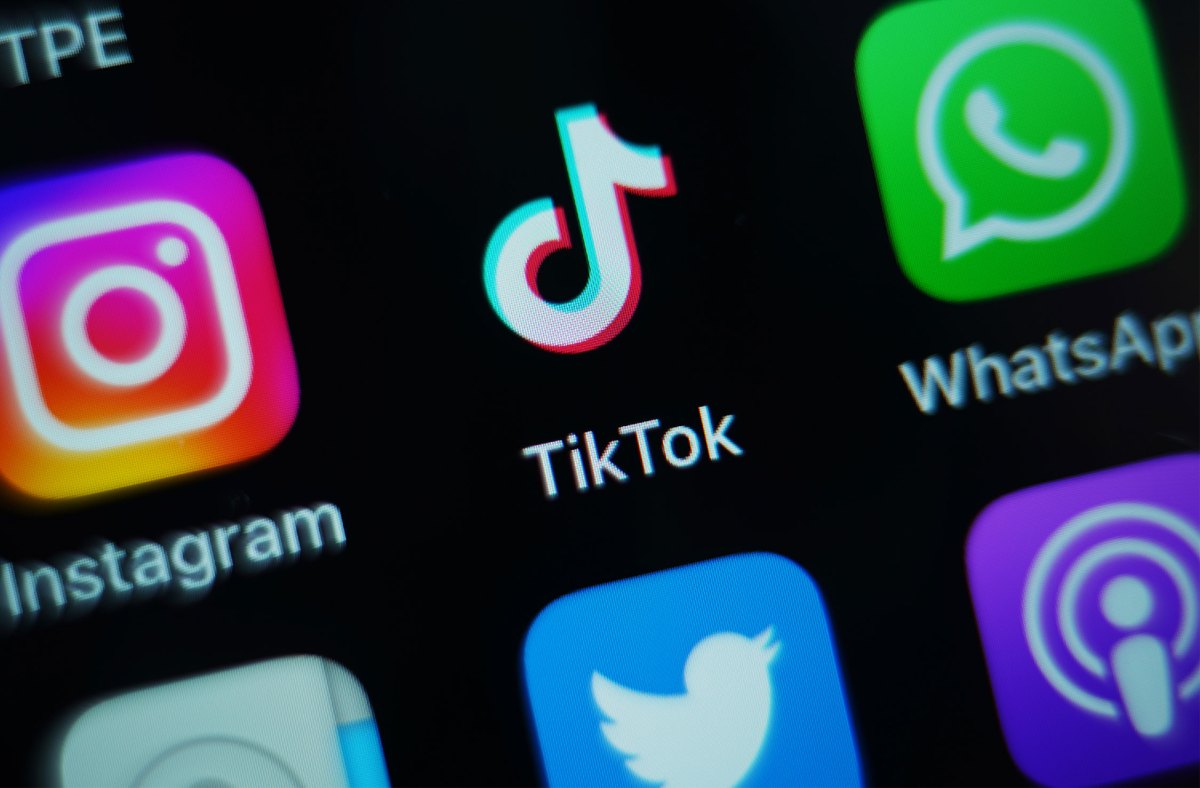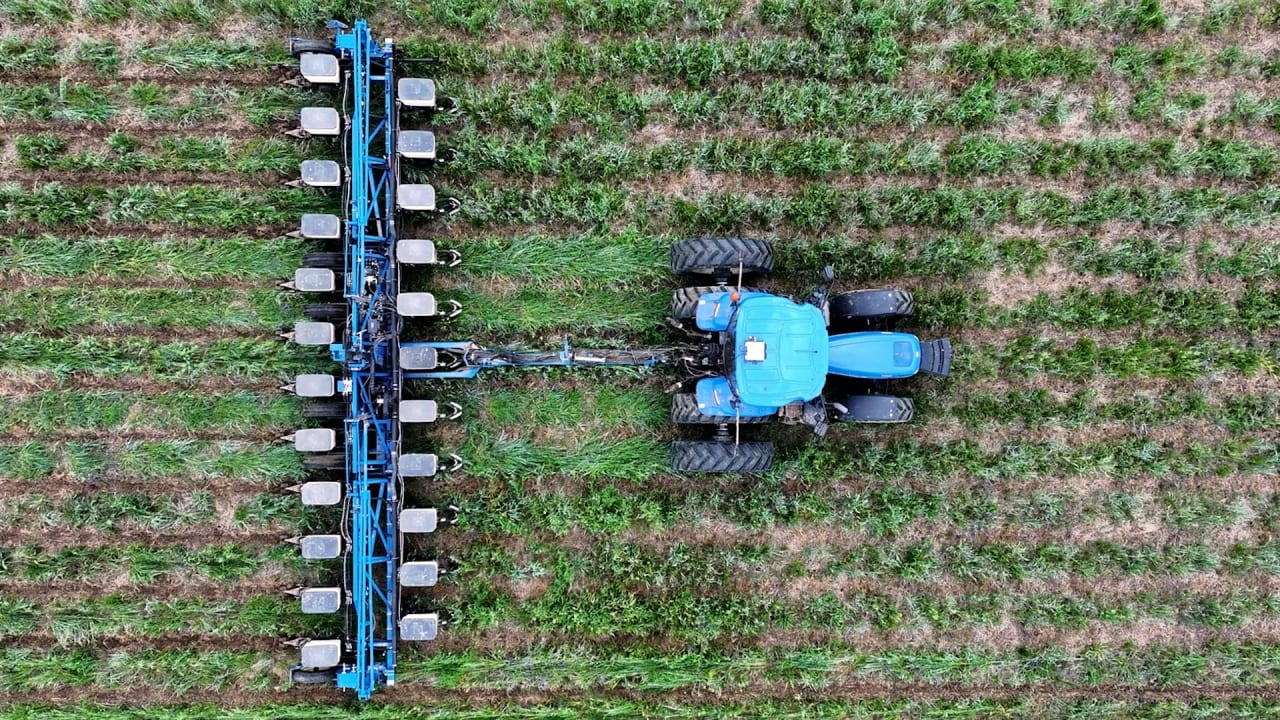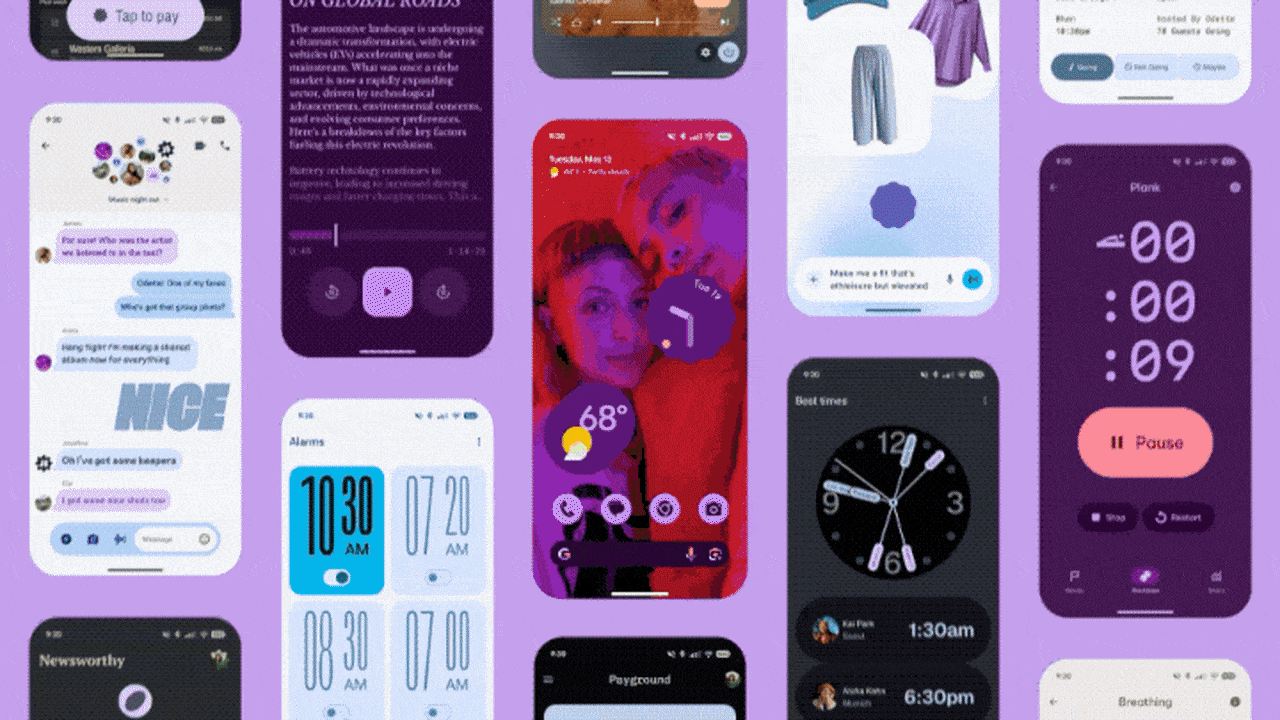How an API Works in a 2 min tutorial
Mastering APIs with a Simple Restaurant Analogy By Dhanian | Author of How APIs Work: The Invisible Force Behind Modern Apps Introduction APIs power nearly every app you use today—from weather updates to payment systems. But what is an API, and how does it work? Let’s break it down using a familiar setting: a restaurant. This analogy will help you visualize the invisible magic behind software communication. What is an API? An API (Application Programming Interface) is a bridge that allows two systems to communicate. Think of it as a messenger that delivers your request to a system and returns the response back to you. In software terms: The client (like your app or browser) wants something. The API receives the request and talks to the server. The server sends back data via the API. The Restaurant Analogy Let’s imagine a restaurant to understand how APIs work: The Setup: Customer = The User (e.g., someone using a mobile app) Menu = The API documentation (lists available services) Waiter = The API (communicator between user and system) Kitchen = The Backend Server (where data is processed) Dish = The Data or Response The Workflow: You (the customer) sit down and look at the menu. This is like browsing an app and seeing available options. The menu is limited—you can only order what's listed. Similarly, APIs define what you’re allowed to request. You place an order by telling the waiter. This is like sending a request to an API endpoint (e.g., GET /weather). You provide parameters, like "coffee without sugar." The waiter (API) takes your order to the kitchen (server). The API doesn't make decisions—it just delivers requests. The server processes it: fetches data, performs logic, etc. The kitchen prepares your food and sends it back to the waiter. The backend builds the response—like a JSON object or HTML view. The waiter delivers the food to your table. The API gives the response back to your application. The user sees the result without needing to know how it was made. Real-World API Example: Weather App Let’s bring it back to software: You open a weather app and enter your city. The app sends an API request to something like https://api.weather.com/getForecast?city=Nairobi The weather server receives the request and sends back current temperature and forecast. You see the data displayed beautifully in your app. You never see the API call or raw data—it’s all behind the scenes. Why Learn APIs? Learning how APIs work helps you: Build powerful apps that can connect to external services. Integrate third-party tools like payment gateways, maps, or AI models. Develop your own APIs to share your data with others. Ready to Master APIs? To go beyond analogies and start building and consuming real APIs, grab your copy of the complete guide: How APIs Work: The Invisible Force Behind Modern Apps Inside, you'll learn: Core API concepts with visuals RESTful API design Practical coding examples in JavaScript Building your own API from scratch How to test APIs using Postman Common use cases (auth, payments, AI, etc.) Whether you're a beginner or looking to scale your skills, this ebook is your gateway to professional API development. Final Thoughts APIs are the connective tissue of modern applications. Understanding how they work—through simple analogies and hands-on practice—unlocks endless potential in your coding journey. Don’t just use apps—build them smarter, faster, and better with APIs. Start now with the ebook: How APIs Work: The Invisible Force Behind Modern Apps

Mastering APIs with a Simple Restaurant Analogy
By Dhanian | Author of How APIs Work: The Invisible Force Behind Modern Apps
Introduction
APIs power nearly every app you use today—from weather updates to payment systems. But what is an API, and how does it work? Let’s break it down using a familiar setting: a restaurant. This analogy will help you visualize the invisible magic behind software communication.
What is an API?
An API (Application Programming Interface) is a bridge that allows two systems to communicate. Think of it as a messenger that delivers your request to a system and returns the response back to you.
In software terms:
- The client (like your app or browser) wants something.
- The API receives the request and talks to the server.
- The server sends back data via the API.
The Restaurant Analogy

Let’s imagine a restaurant to understand how APIs work:
The Setup:
- Customer = The User (e.g., someone using a mobile app)
- Menu = The API documentation (lists available services)
- Waiter = The API (communicator between user and system)
- Kitchen = The Backend Server (where data is processed)
- Dish = The Data or Response
The Workflow:
- You (the customer) sit down and look at the menu.
- This is like browsing an app and seeing available options.
- The menu is limited—you can only order what's listed.
- Similarly, APIs define what you’re allowed to request.
- You place an order by telling the waiter.
- This is like sending a request to an API endpoint (e.g., GET /weather).
- You provide parameters, like "coffee without sugar."
- The waiter (API) takes your order to the kitchen (server).
- The API doesn't make decisions—it just delivers requests.
- The server processes it: fetches data, performs logic, etc.
- The kitchen prepares your food and sends it back to the waiter.
- The backend builds the response—like a JSON object or HTML view.
- The waiter delivers the food to your table.
- The API gives the response back to your application.
- The user sees the result without needing to know how it was made.
Real-World API Example: Weather App
Let’s bring it back to software:
- You open a weather app and enter your city.
- The app sends an API request to something like
https://api.weather.com/getForecast?city=Nairobi - The weather server receives the request and sends back current temperature and forecast.
- You see the data displayed beautifully in your app.
- You never see the API call or raw data—it’s all behind the scenes.
Why Learn APIs?
Learning how APIs work helps you:
- Build powerful apps that can connect to external services.
- Integrate third-party tools like payment gateways, maps, or AI models.
- Develop your own APIs to share your data with others.
Ready to Master APIs?
To go beyond analogies and start building and consuming real APIs, grab your copy of the complete guide:
How APIs Work: The Invisible Force Behind Modern Apps
Inside, you'll learn:
- Core API concepts with visuals
- RESTful API design
- Practical coding examples in JavaScript
- Building your own API from scratch
- How to test APIs using Postman
- Common use cases (auth, payments, AI, etc.)
Whether you're a beginner or looking to scale your skills, this ebook is your gateway to professional API development.
Final Thoughts
APIs are the connective tissue of modern applications. Understanding how they work—through simple analogies and hands-on practice—unlocks endless potential in your coding journey.
Don’t just use apps—build them smarter, faster, and better with APIs.
Start now with the ebook:
How APIs Work: The Invisible Force Behind Modern Apps



















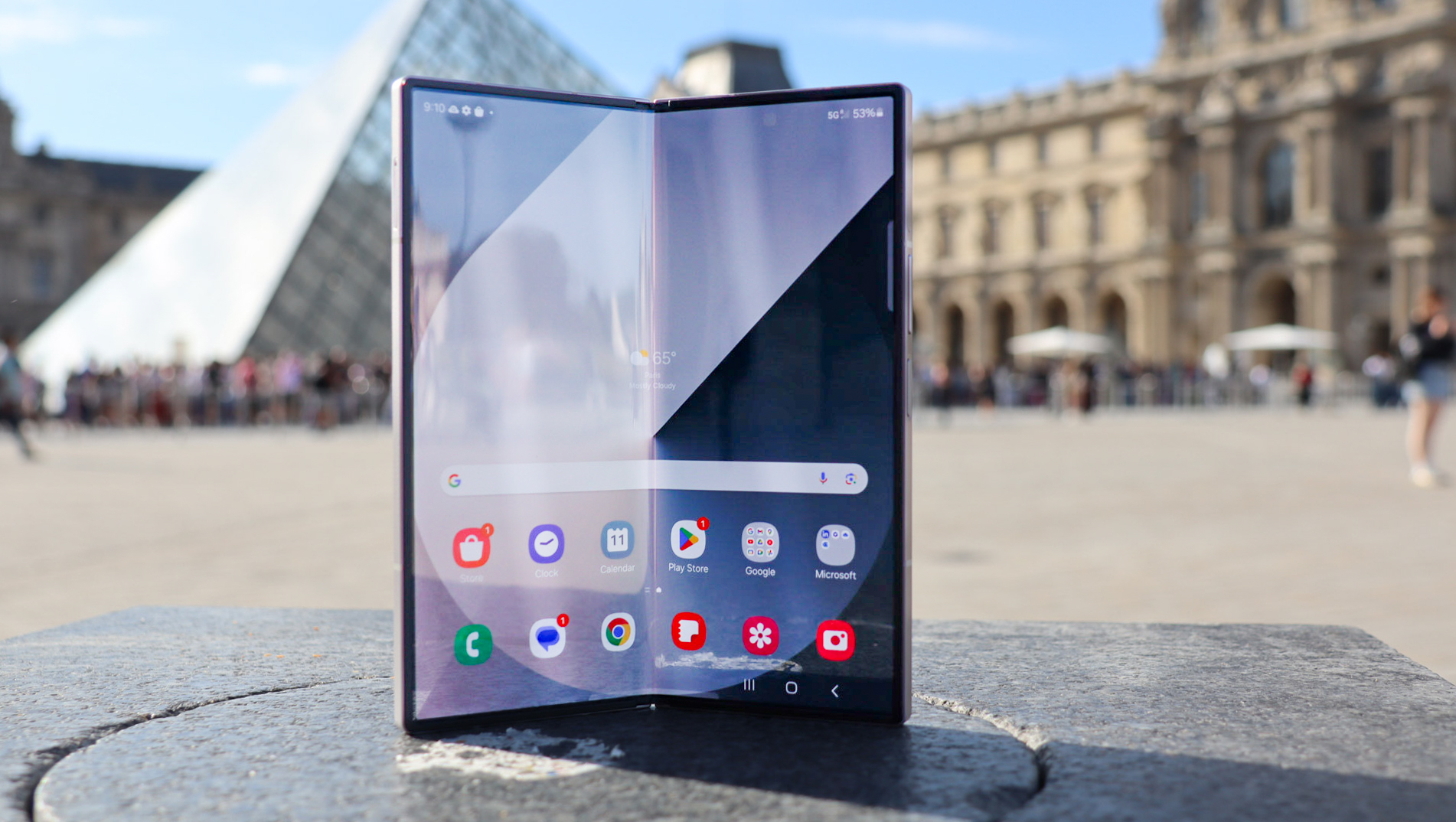


























































































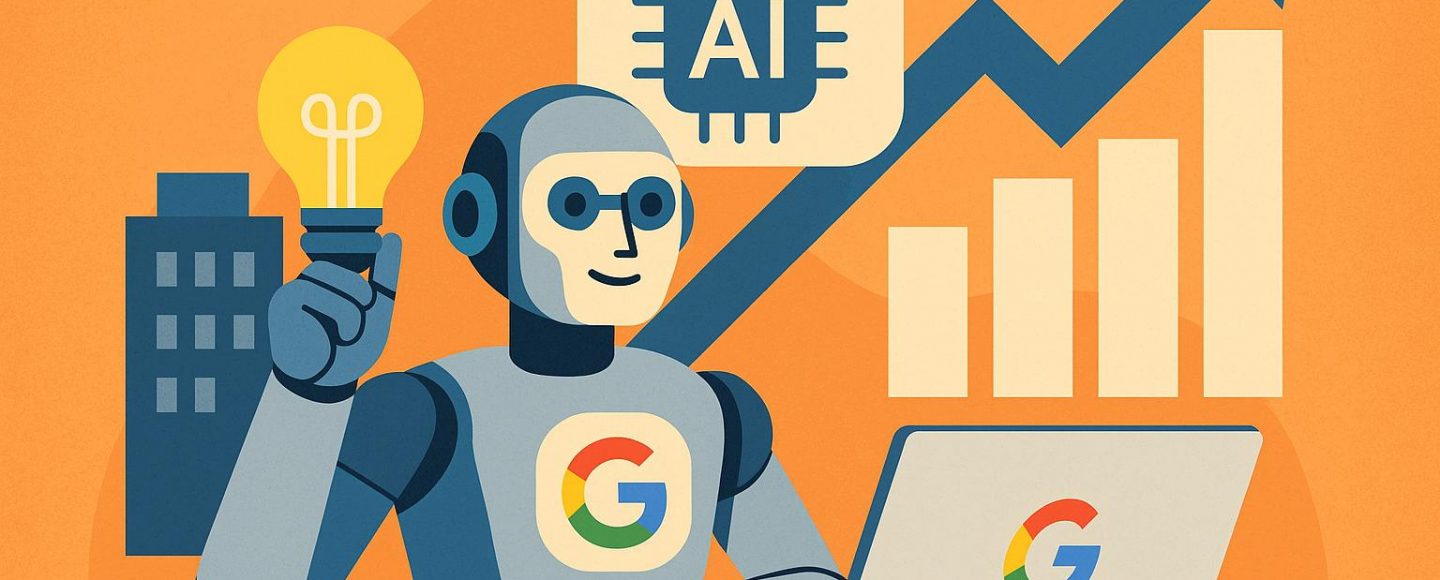
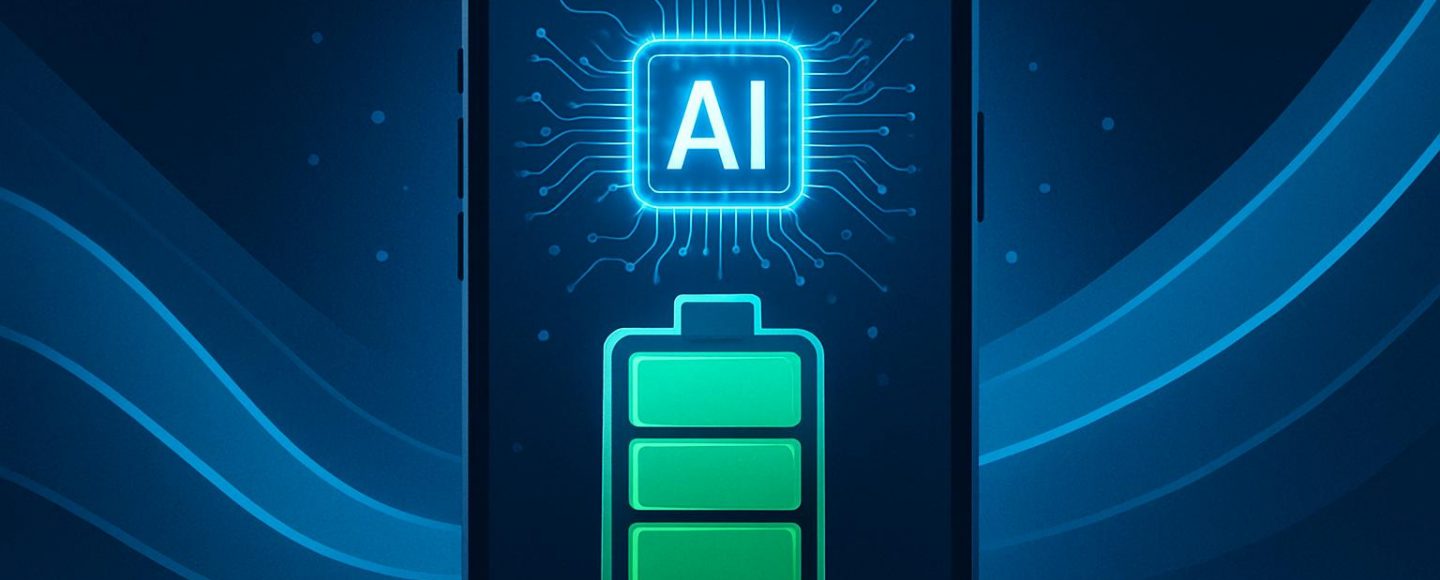
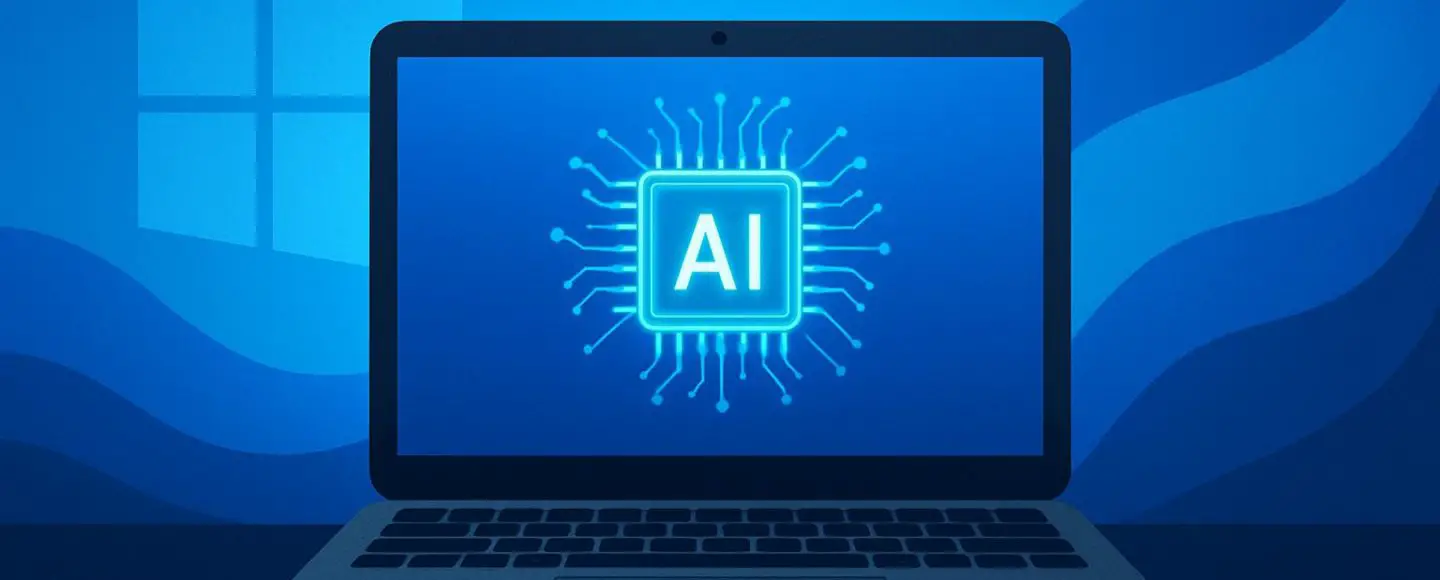
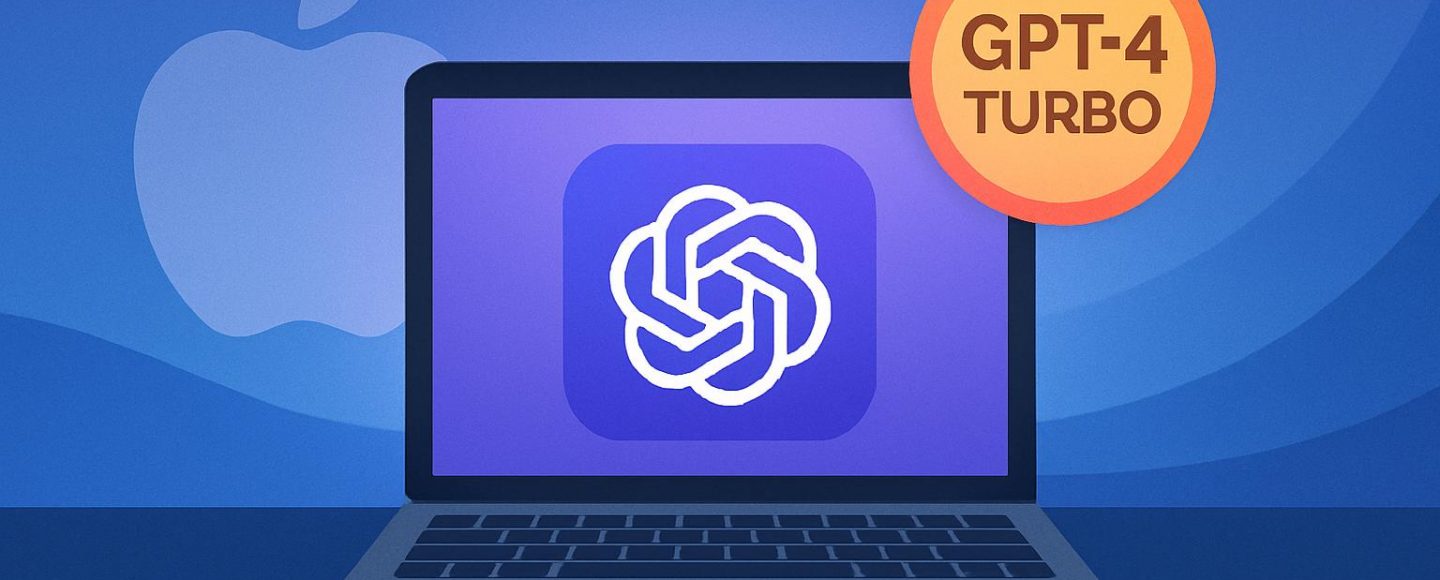




















































![[The AI Show Episode 147]: OpenAI Abandons For-Profit Plan, AI College Cheating Epidemic, Apple Says AI Will Replace Search Engines & HubSpot’s AI-First Scorecard](https://www.marketingaiinstitute.com/hubfs/ep%20147%20cover.png)













































































































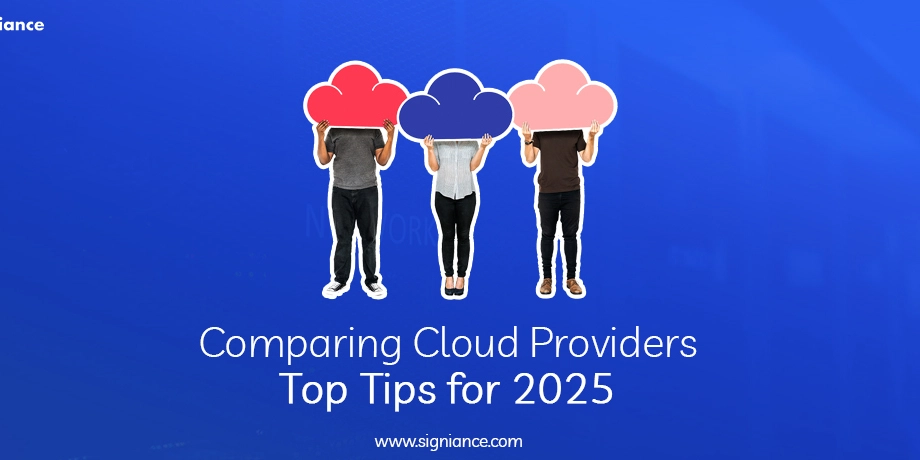

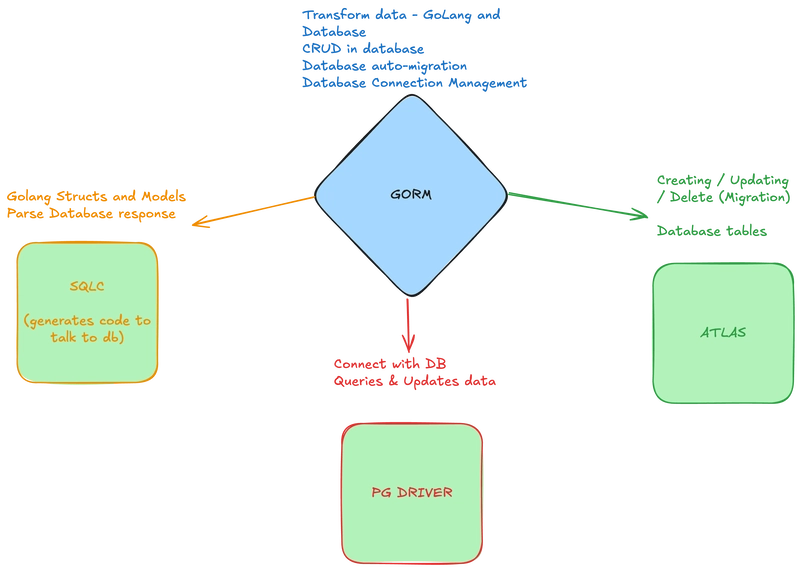


































































.jpeg?width=1920&height=1920&fit=bounds&quality=70&format=jpg&auto=webp#)



















































































_ElenaBs_Alamy.jpg?width=1280&auto=webp&quality=80&disable=upscale#)

































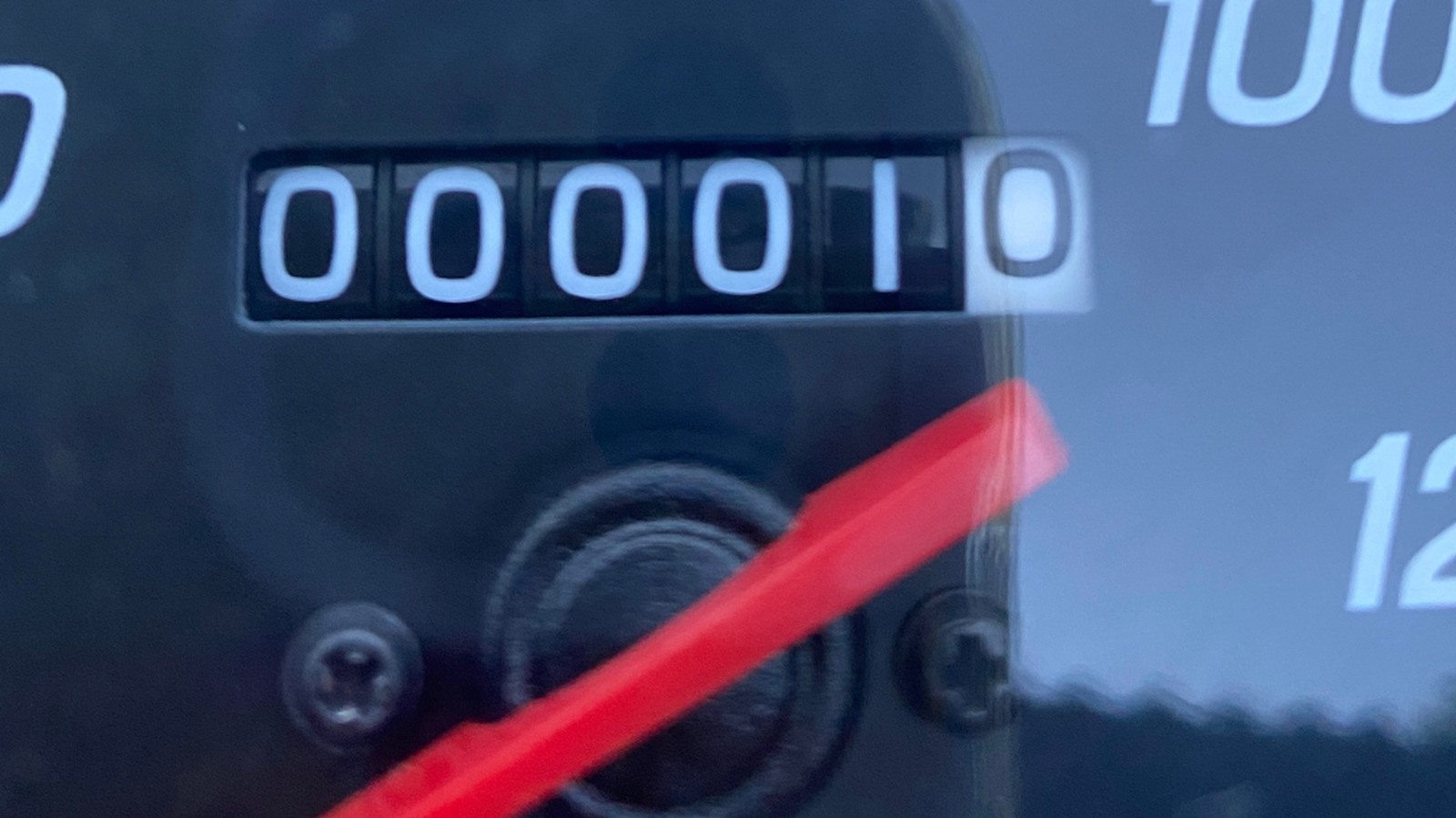


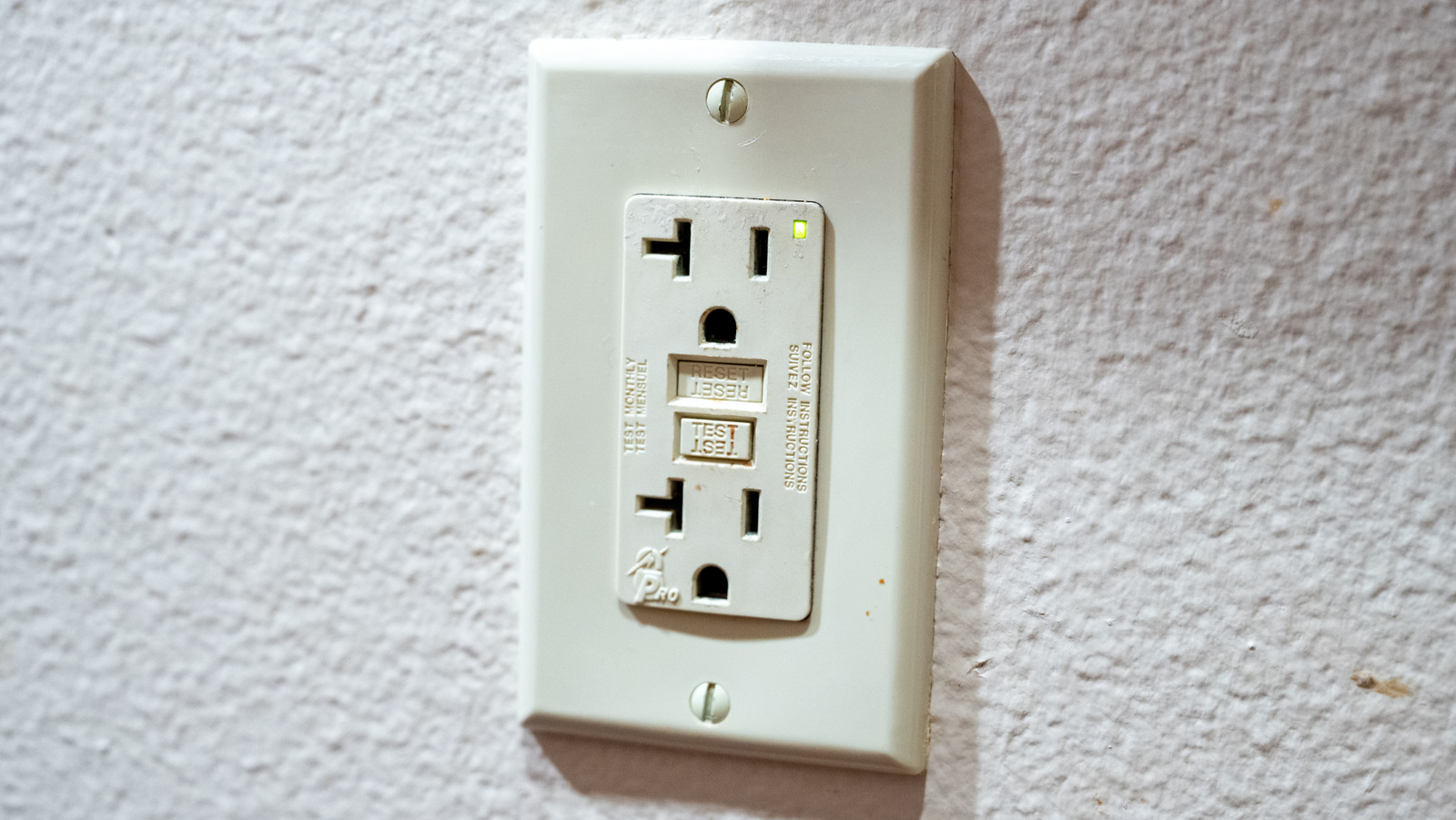






























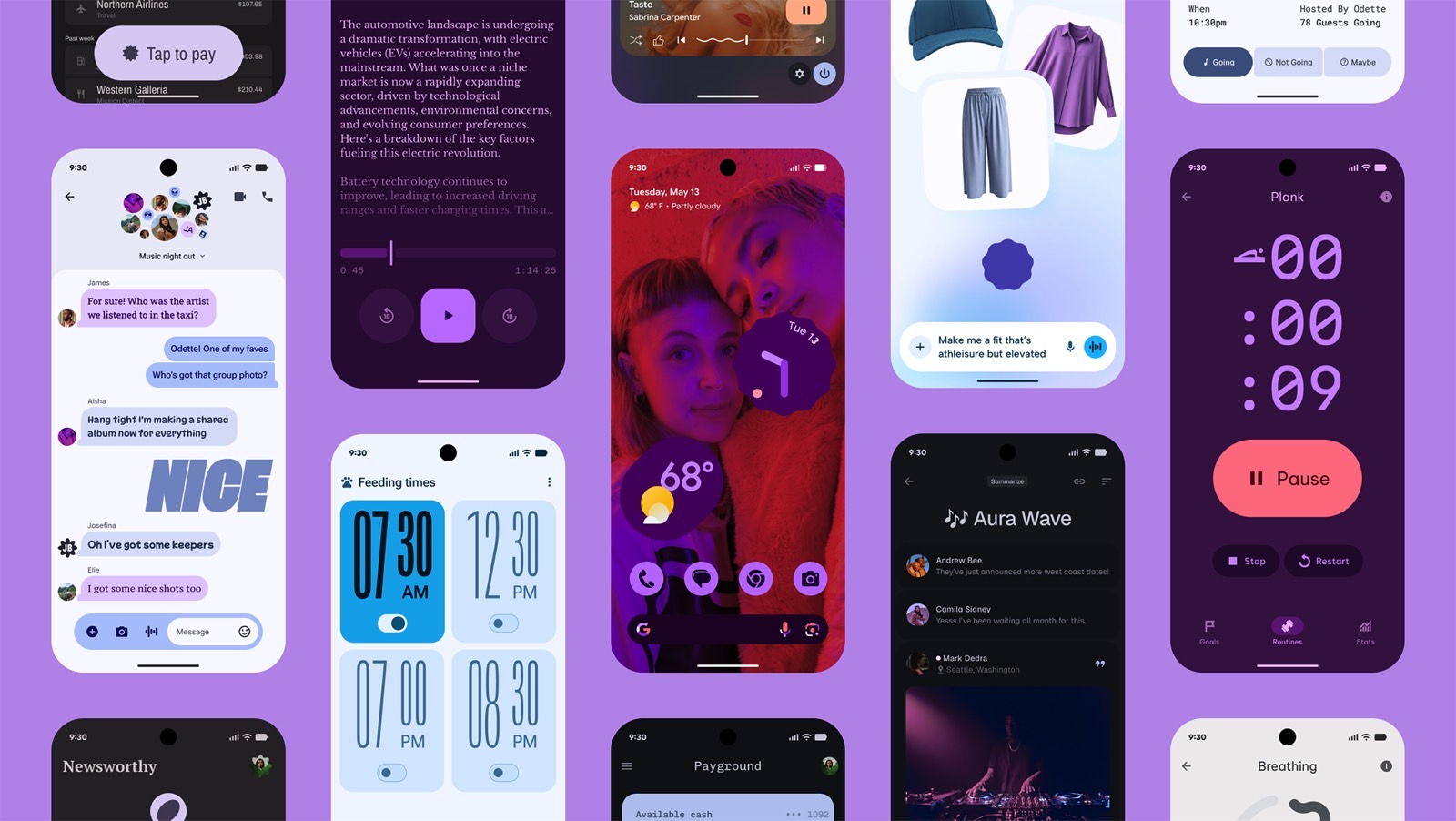

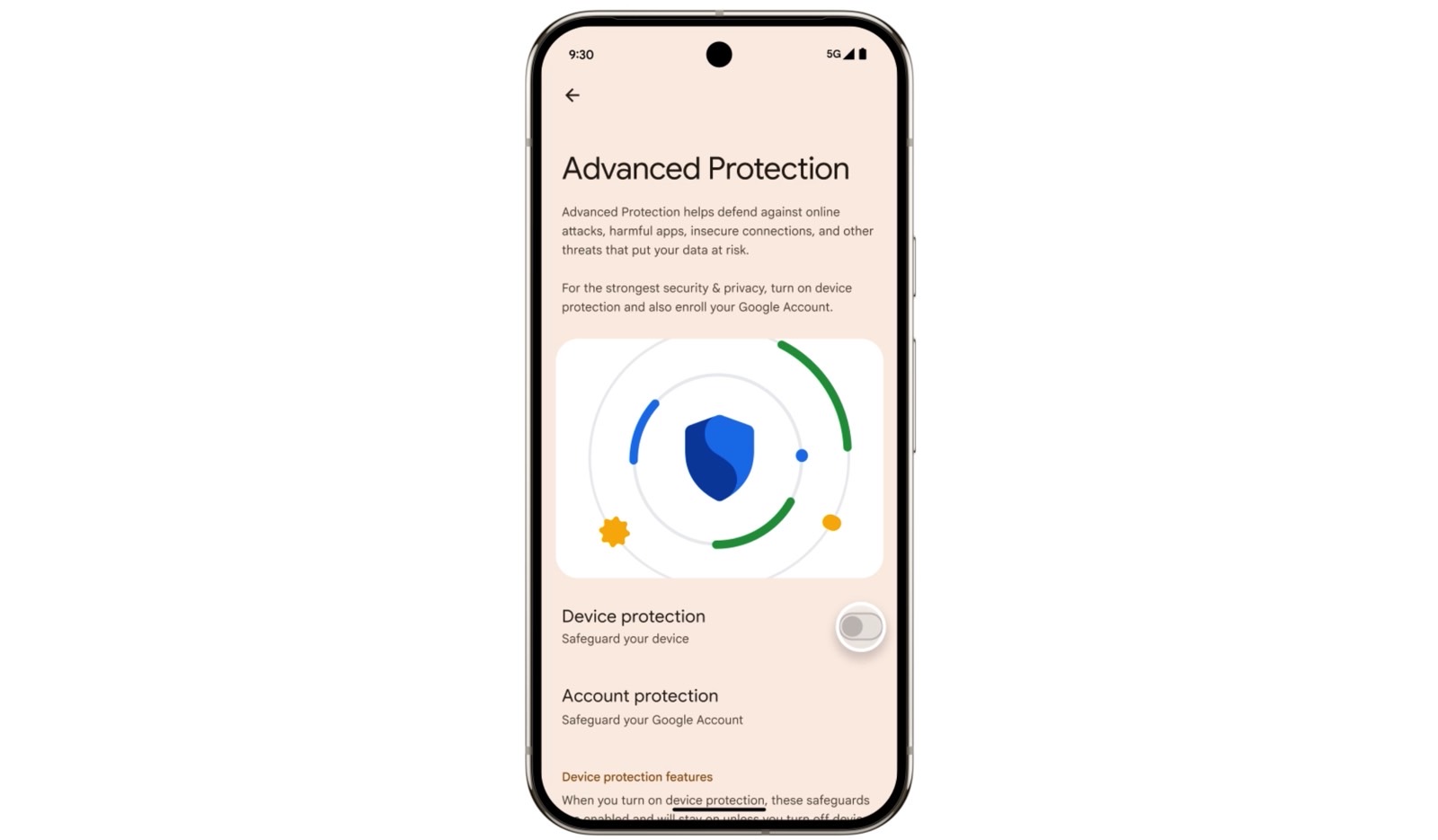
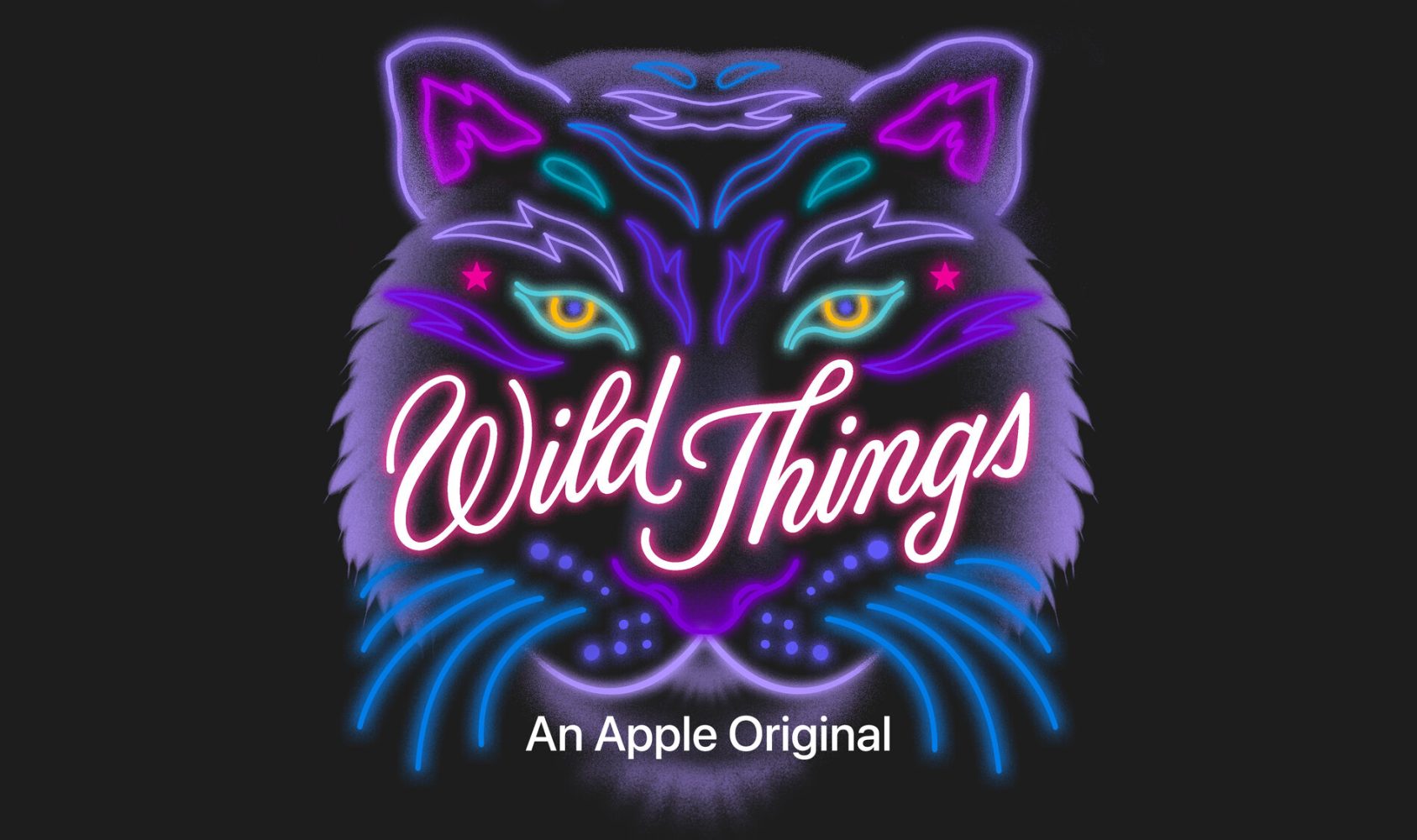



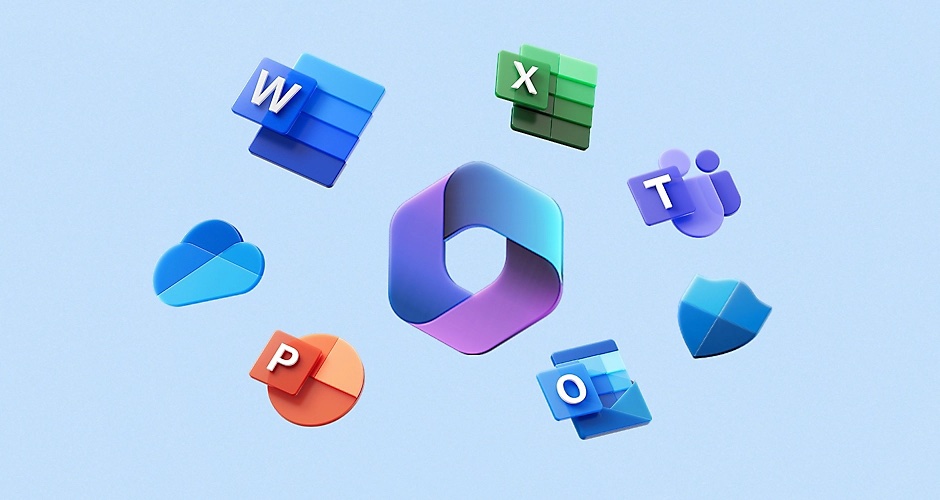
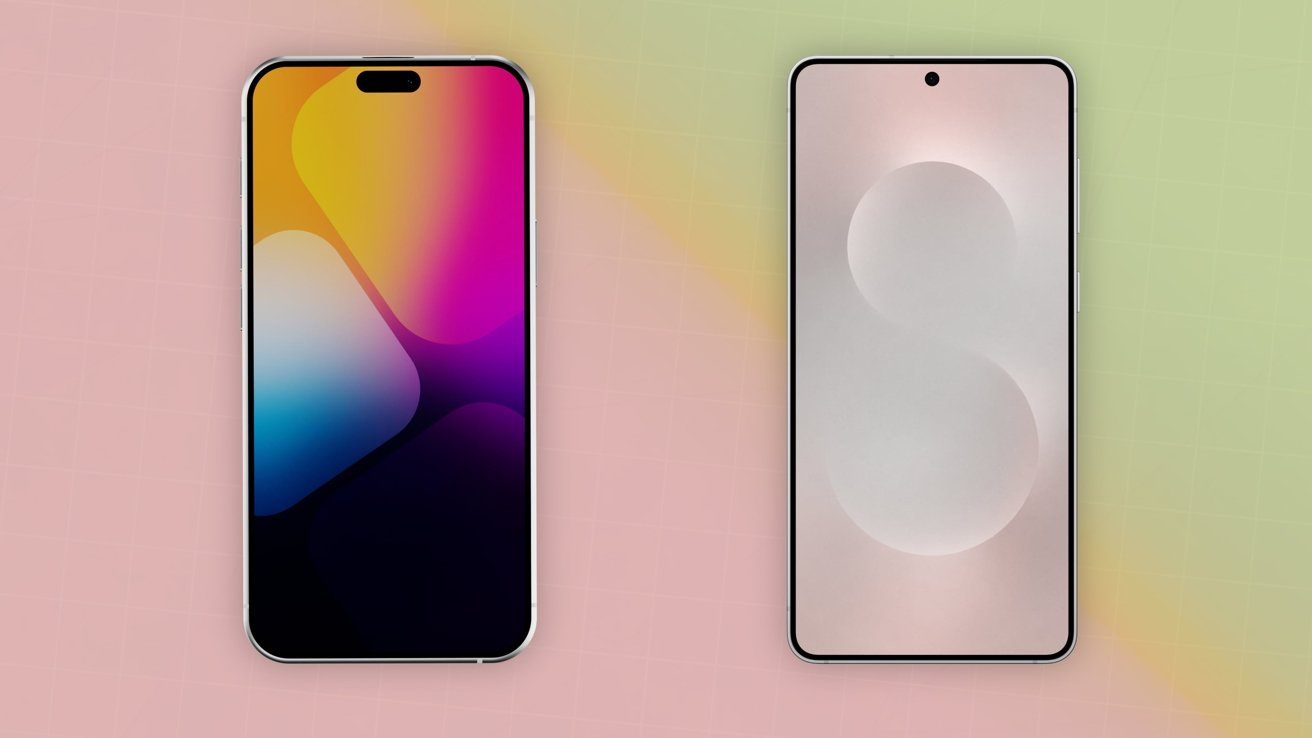
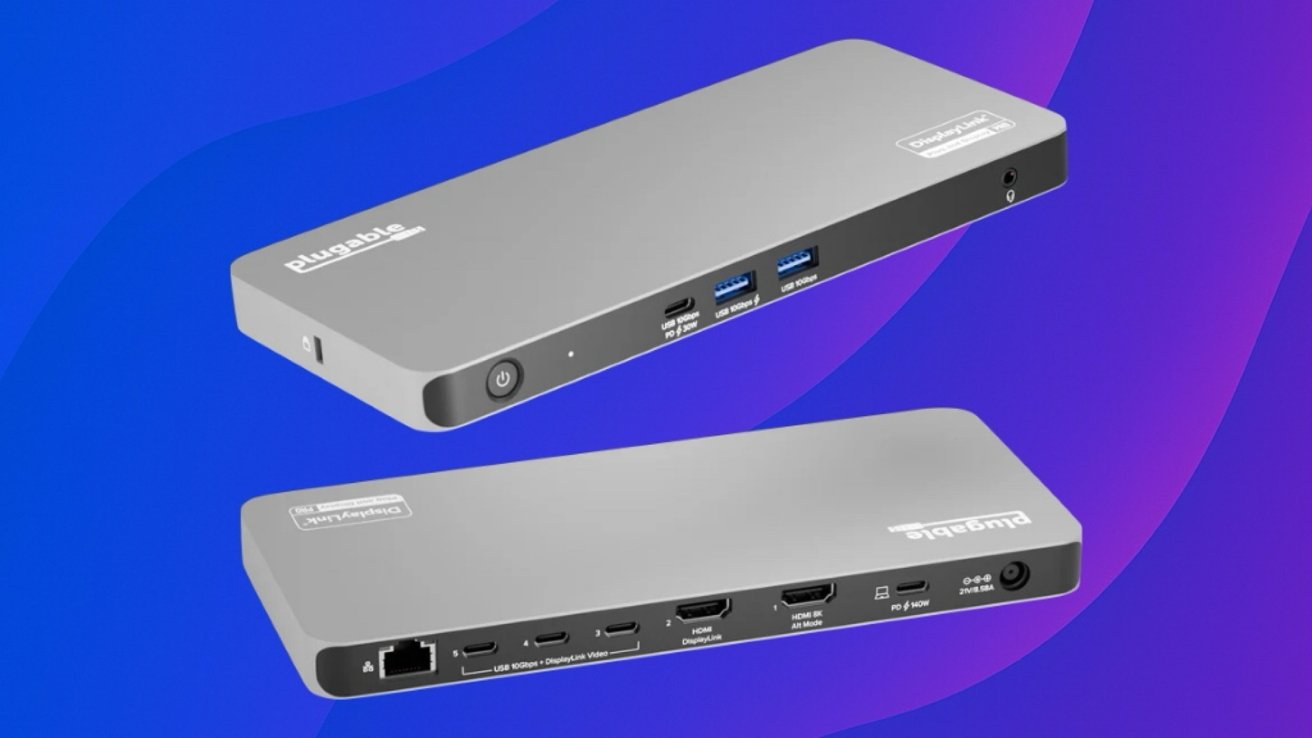

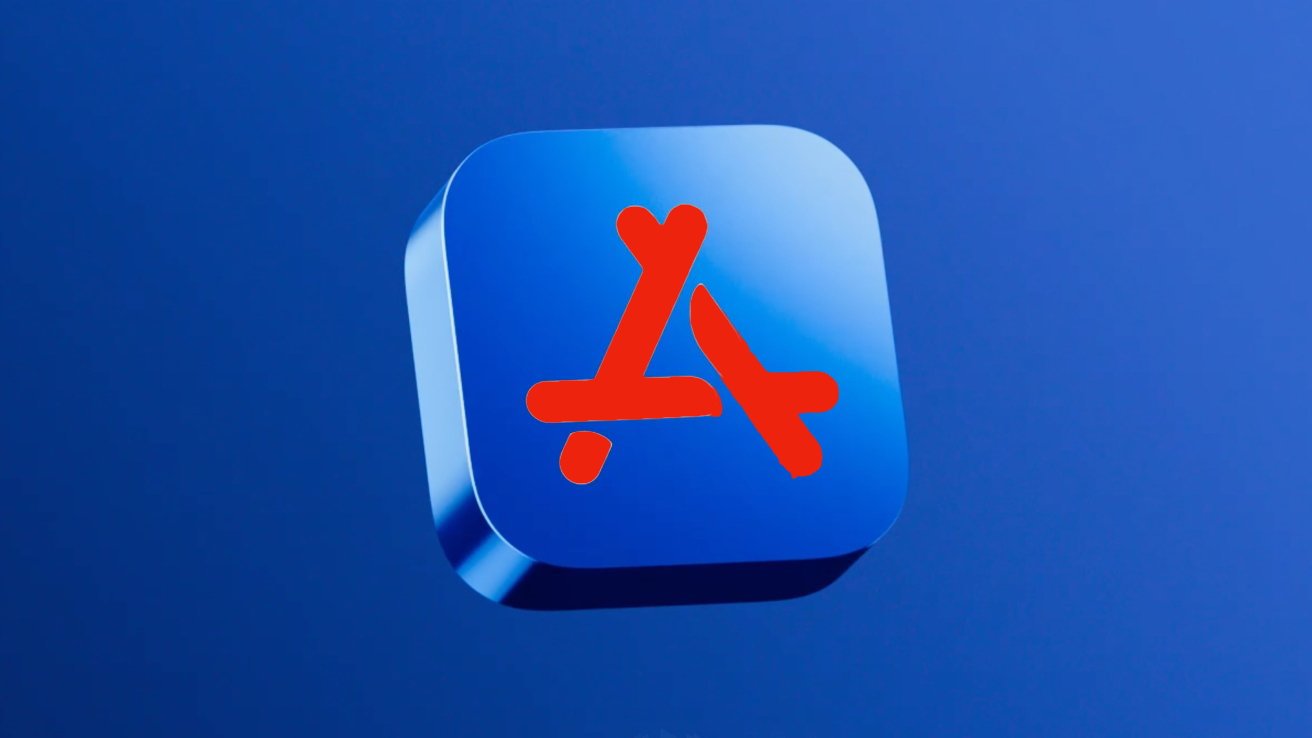

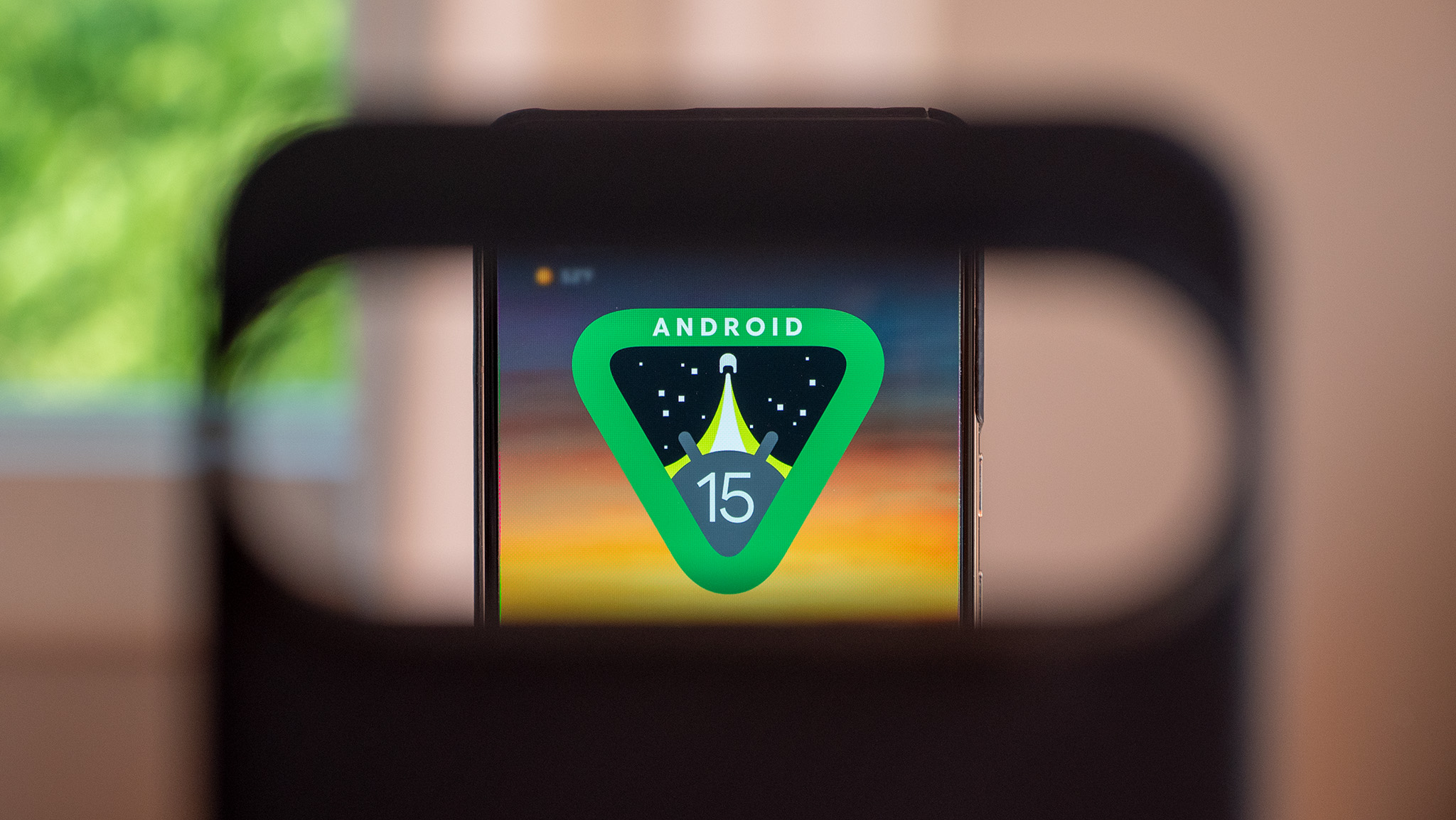



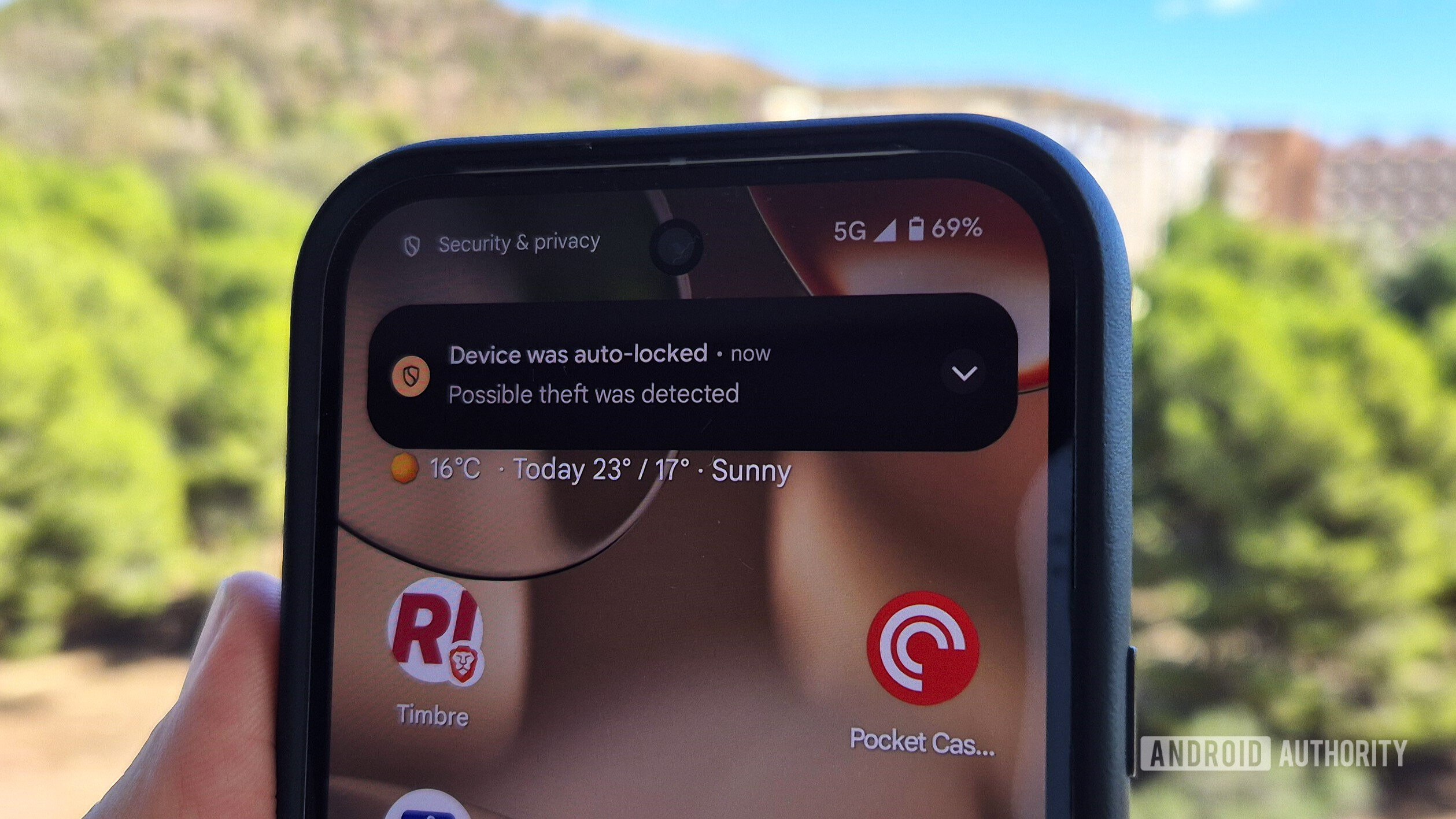






![Gemini coming to Android Auto with Live, automatic translation, more [Video]](https://i0.wp.com/9to5google.com/wp-content/uploads/sites/4/2025/05/google-gemini-android-auto-1.jpg?resize=1200%2C628&quality=82&strip=all&ssl=1)














![Apple Working on Brain-Controlled iPhone With Synchron [Report]](https://www.iclarified.com/images/news/97312/97312/97312-640.jpg)














